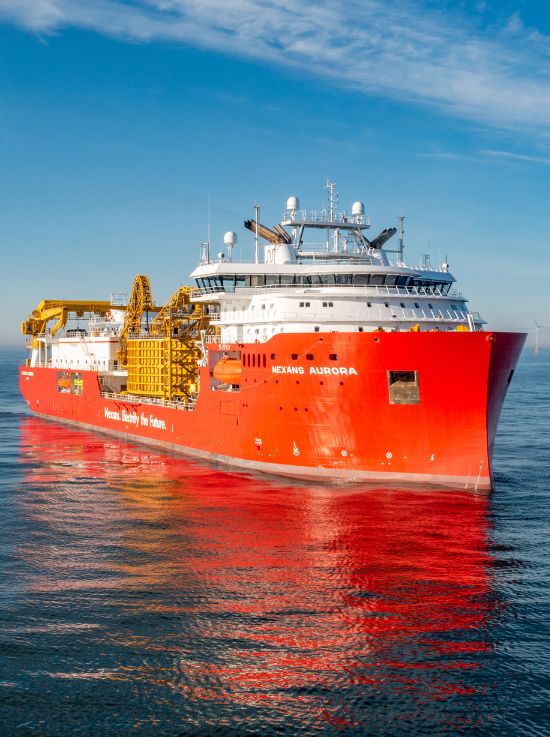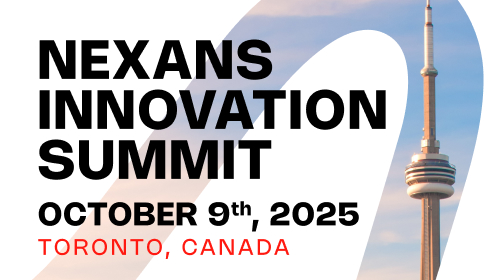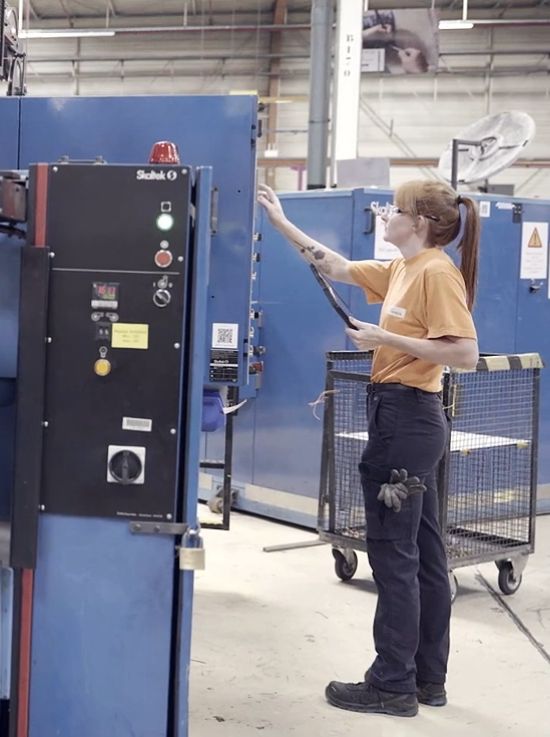Digitalization at the service of the environment
Industry 4.0 is driving efforts to cut both energy usage and waste. By focusing on innovation and the optimization of resources, we are contributing to a sustainable, circular economy.
As part of the process of continuous improvements applied to our production sites, we have put in place a complementary approach for the assessment and external certification of our environmental performance, based on the ISO 14001 standard.
In the field, we implement lean management methods at our industrial sites. All sites are required to draw up an environmental crisis management plan. Each plan is regularly audited and supported through investments in protective equipment (containment basins or plugs) to prevent any off-site pollution, together with emergency response kits (contaminant booms, mobile plugs). This equipment is tested as part of dedicated verification exercises.







